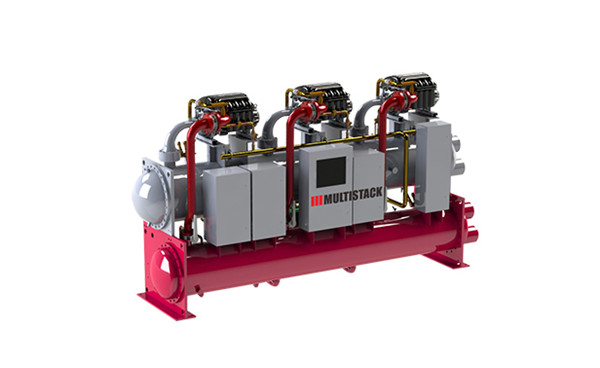current location:home>news>video
central air conditioner researches show ¥70 billion yuan sales in chinese central air conditioning market, of which energy-efficient type only accounts for 3% to 5% due to relatively high costs even though they can save energy up to 50%. every enterprise will be very cautious about the upfront investment.
magnetic oil-free centrifugal chillers (hereinafter referred to as “oil-free chillers”) cost ¥0.7 to ¥0.8 yuan per kilocalorie while conventional chillers cost only ¥0.4 to 0.5 yuan per kilocalorie, almost double the statistics of conventional ones. initial investments for oil-free chillers are extremely high. but they will bring tremendous profits in subsequent operation. energy saved in three years can cover all the extra costs.

by using oil-free chillers, a five-star hotel can save 504,000 kwh annually, i.e., ¥430,000 yuan of electric bills (net profit).
hotel chillers take up 40% ~ 60% of total energy consumption of a hotel and the power rates account for 30% of operating costs, which are crucial to hotel revenues. these electric bills saved are the hotel’s net profits.
nowadays, oil-free chillers are valued higher and higher by the market. it is believed that oil-free chiller market will become bigger and bigger.